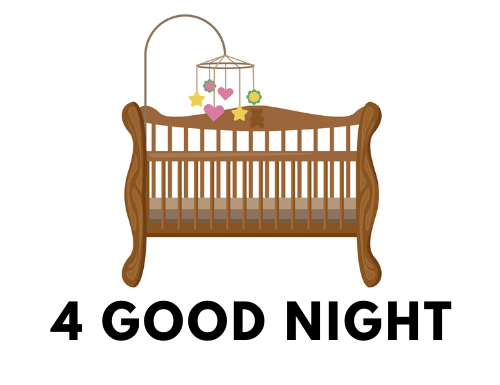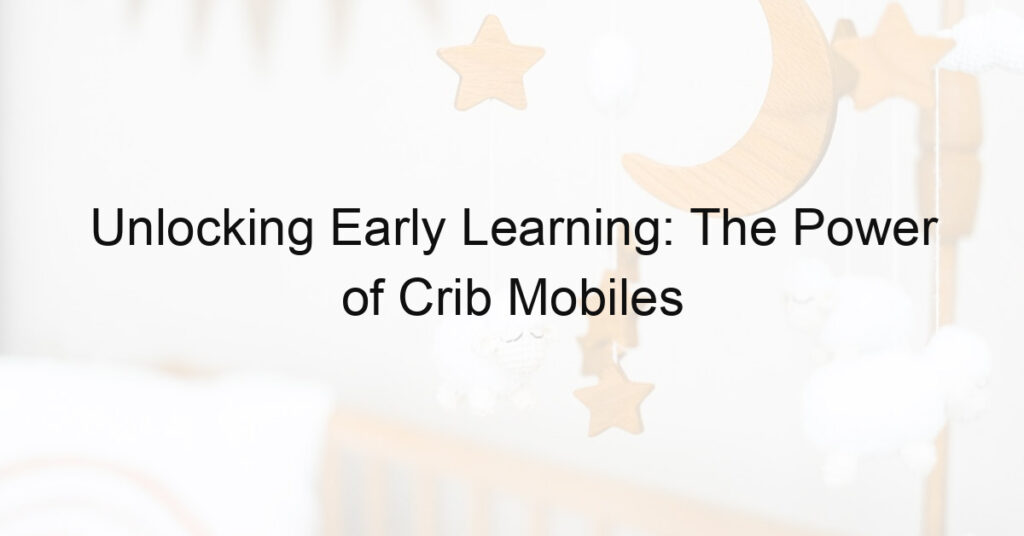Swaddling is a practice that has been used for centuries, but is it safe for our little ones? As parents, guardians, and mothers we all want to be sure that our babies are as safe and comfortable as possible. Before you consider swaddling your baby or grandbaby, there are safety concerns about the practice to take into account — what kind of fabric should be used, how tight should the bundle be wrapped up and when can your baby progress from being swaddled during sleep? In this blog post, we will explore each of these questions in depth so that you can make an educated decision on whether or not swaddling is a good option for your family’s needs.
Is it safe to swaddle a newborn for sleep?
Swaddling newborns for sleep can be a great way to support healthy sleeping habits. Research has shown that it can help reduce crying and improve the length and quality of babies’ sleep. It’s important to note, however, that proper swaddling technique is key in ensuring safety for your little one.
Loose swaddles put babies at risk for overheating and must be checked often. Therefore, if you’re unsure about how to swaddle your new baby, it’s best to do research or talk to your pediatrician before implementing it into your little one’s nighttime routine.
What are the benefits of swaddling?
Swaddling is a great way to help newborns get used to the world around them. Not only can it offer comfort and security to your little one, but studies show that swaddling has multiple benefits for both the infant and attentive parents. It helps babies sleep for longer periods at night, not just during nap time. Studies have also revealed that infants who are swaddled have improved motor development and better muscle control over time.
Swaddling can also encourage your baby’s healthy development by promoting physical stability throughout the day and stimulating their senses at the same time. Furthermore, swaddling is a wonderful way for new parents to bond with their baby in an even deeper way – providing valuable skin-to-skin contact that encourages calmness for both parent and child.
How long is it safe to swaddle a baby?
It’s no surprise that swaddling is a comforting and soothing method for babies, but it is important to consider how long it is safe to do so. Generally, health providers recommend that new parents swaddle their infants for up to 3 months or until the child begins showing signs of wanting to roll over on their own. Having said this, each baby is an individual so it doesn’t hurt to keep an eye on your little one when they are in their swaddle and check if there are signs they want out once they hit the 3-month mark.
Finally, any swaddle must be loose enough not to constrict a baby’s legs and hips as this can lead to issues such as broken bones and disabilities later in life. All in all, it’s best to check with your child’s healthcare provider before beginning any type of swaddling routine.
What are the risks of swaddling?
Swaddling is a popular technique for parents to use for the comfort and security of their newborn babies, but it’s important to be aware of the risks. Too-tight swaddles can deprive a baby’s chest and hips of proper air circulation which can increase the risk of respiratory issues or musculoskeletal problems in adulthood.
Also, if not done correctly, swaddling can obstruct and disturb a baby’s natural body process, like moving freely and turning their head as they, please. A further issue is that improper wrapping can lead to overheating, increasing the risk of SIDS. So, while swaddling can be a great tool for soothing young babies, it comes with some potential health risks that all parents should consider before doing so.
What are the disadvantages of swaddling a baby?
Swaddling is an age-old technique that has been used for centuries to soothe and comfort babies. However, it also comes with some potential downsides to consider. One disadvantage is that overuse or misuse of swaddling can limit a baby’s movement, which can negatively impact development as well as constrict their breathing and put them at risk of overheating. Babies who are swaddled too tightly might also have difficulty waking up when they are hungry, putting them at risk of not getting enough nutrition.
Furthermore, if babies are left in their swaddle while they sleep, they may be unable to reposition themselves if they become uncomfortable and end up getting tangled in the fabric. All of these factors need to be taken into account before deciding if swaddling a baby is right for you and your family.
It’s a Wrap!
Wrapping up, and swaddling can provide many benefits for your baby, including lessening the risk of SIDS, providing comfort, and helping soothe a fussy newborn. It is important to be aware of the risks that can come along with swaddling as well. The inability to move the hips enough could lead to hip dysplasia or dislocation; choose light blankets and allow your baby’s legs to move around whenever possible.
You should also check on swaddled babies frequently, since bundling tightly can lead to issues with overheating. Ultimately, using safe practices while swaddling and monitoring your little one regularly can help make it an effective and safe way of reassuring your child and getting them into a deeper sleep. If you find yourself questioning whether swaddling is right for you, consider speaking with your healthcare provider or checking in with local resources to learn more about best practices.














